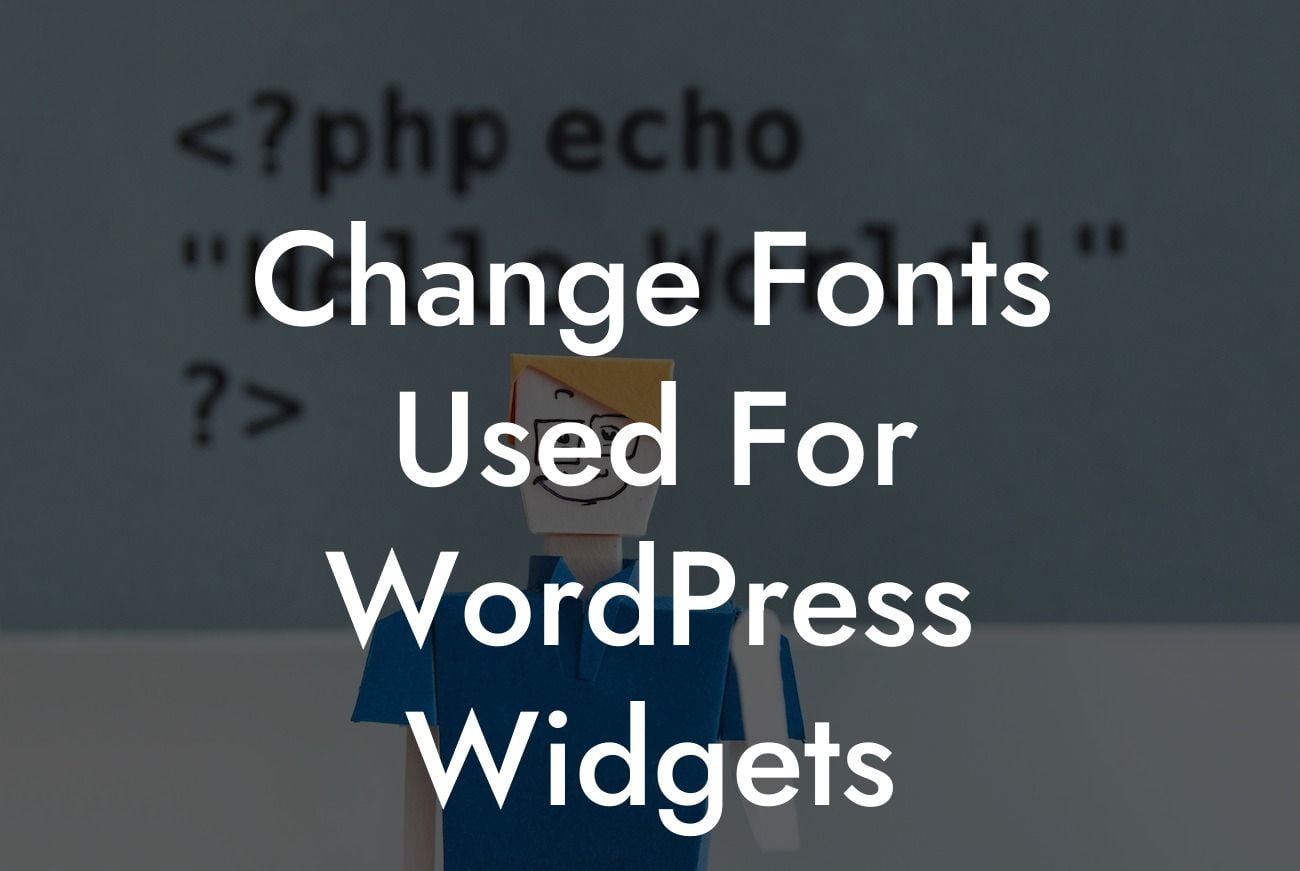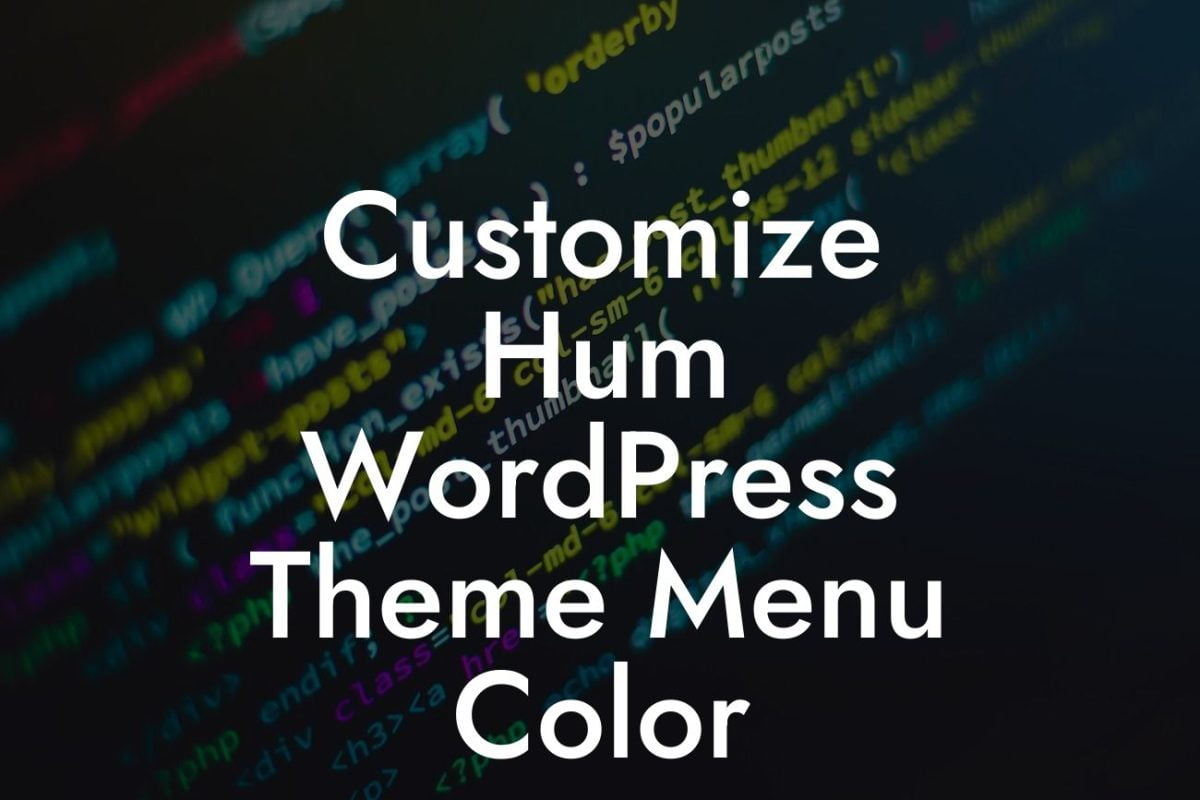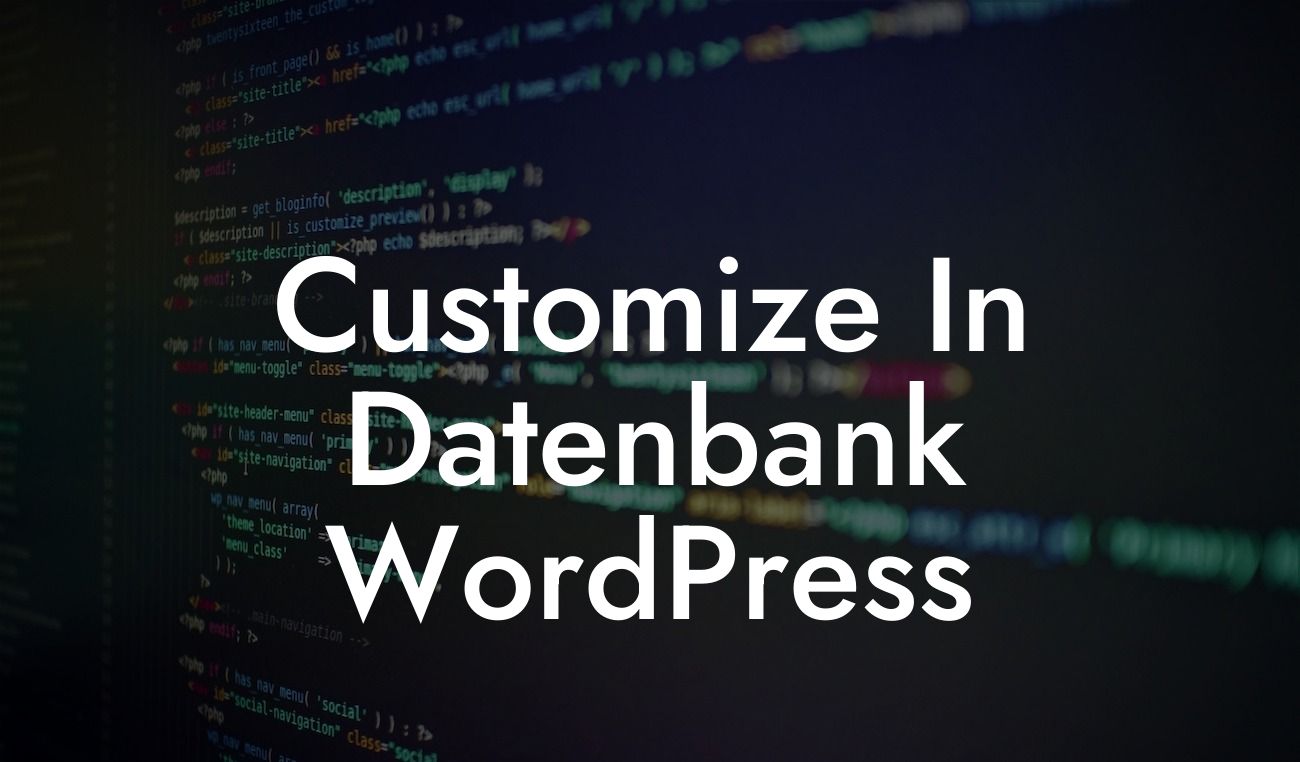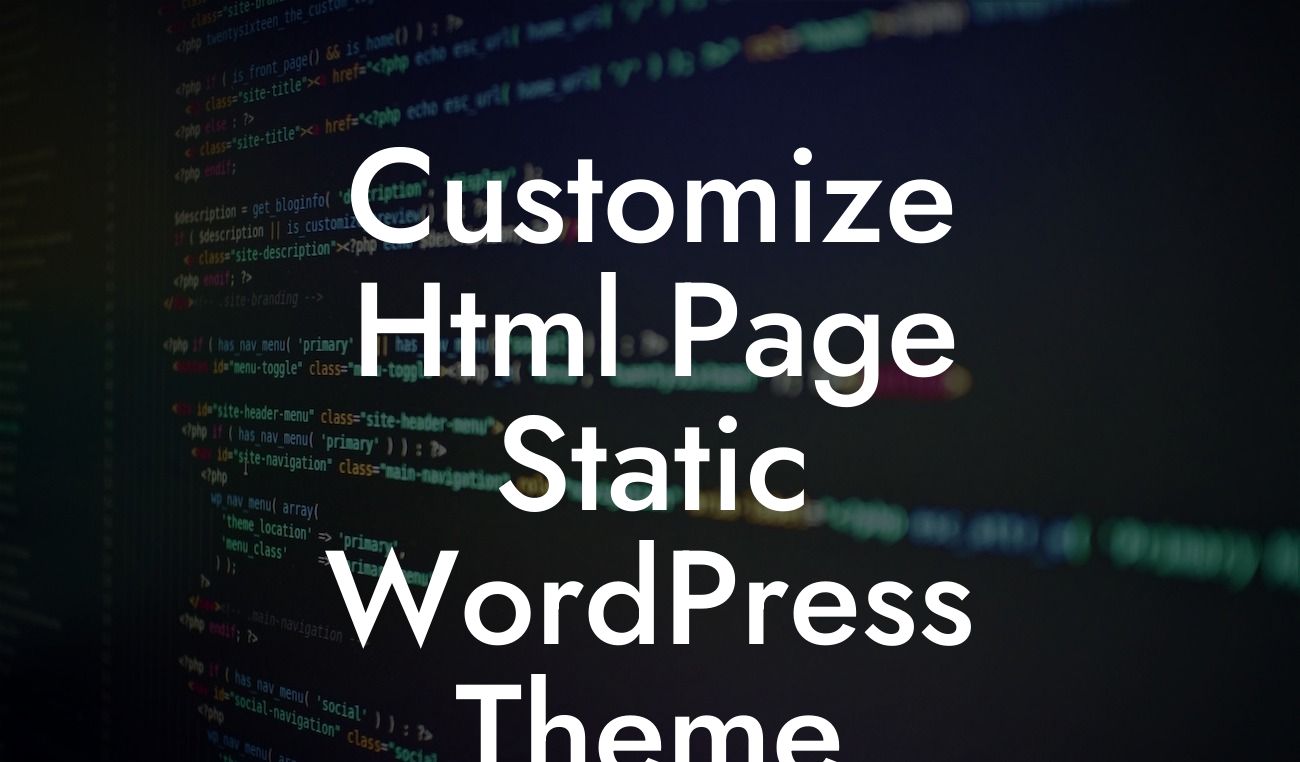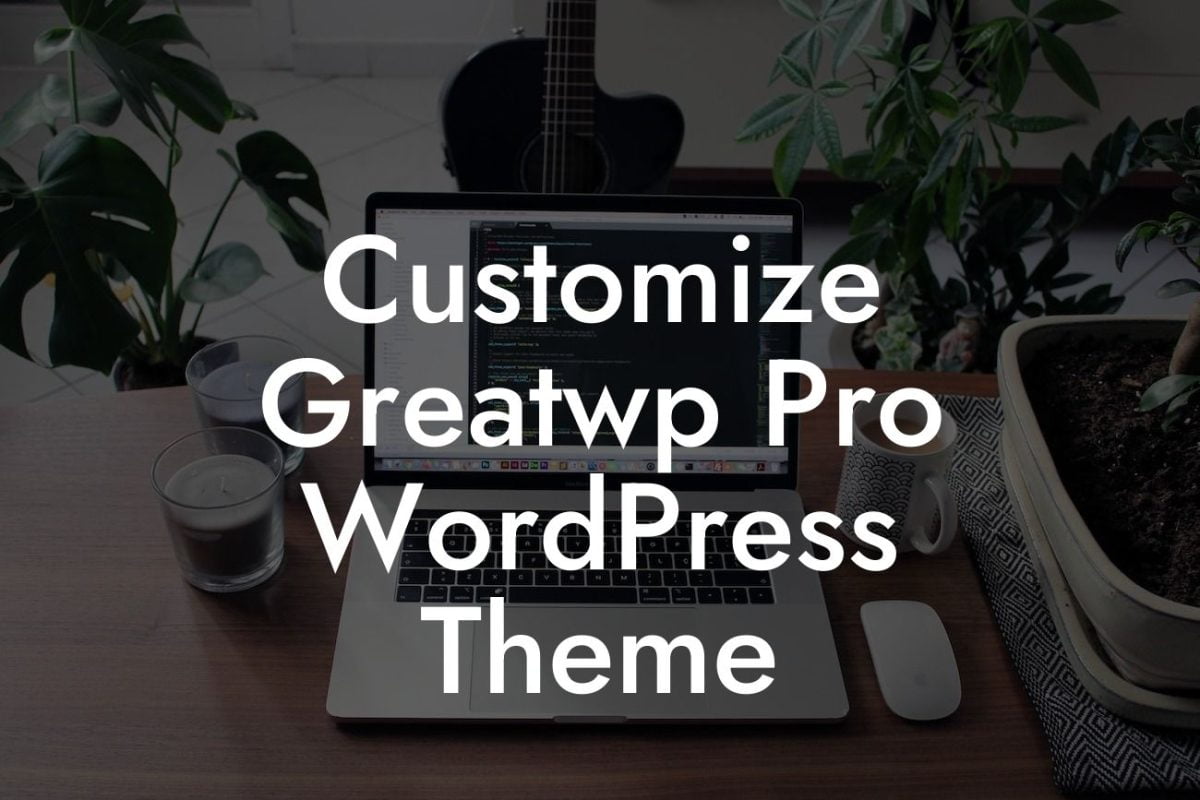Have you ever found yourself wanting to change the fonts used for WordPress widgets but weren't sure how? Look no further! In this detailed guide, we will walk you through the step-by-step process of customizing widget fonts in WordPress. Say goodbye to generic fonts and embrace personalized styles that reflect your brand's identity.
H2: Understanding WordPress Widgets
- In this section, we will introduce WordPress widgets and explain their significance in creating a dynamic and user-friendly website.
- We will guide you on how to access and manage widgets in WordPress, ensuring a smooth transition throughout the customization process.
H2: Customizing Font Styles for WordPress Widgets
Looking For a Custom QuickBook Integration?
- This section will delve into the various methods available for changing fonts used in WordPress widgets.
- We will explore the conventional approach of using CSS code and provide examples of how to modify font properties such as typeface, size, color, and more.
- Additionally, we will introduce handy plugins that simplify the font customization process, offering a hassle-free alternative to manual coding.
H3: Method 1 - CSS Code
- In this sub-section, we will explain the process of using CSS code to change widget fonts in WordPress.
- Step-by-step instructions, accompanied by code snippets, will guide you through the process of identifying specific widget areas and implementing font changes.
H3: Method 2 - Widget Font Plugins
- Alternatively, this sub-section will present a selection of WordPress plugins designed to enhance font customization for widgets.
- We will highlight the key features and functionality of each plugin, empowering you to choose the one that best suits your preferences and requirements.
Change Fonts Used For Wordpress Widgets Example:
To better illustrate these methods, let's consider an example scenario. Suppose you have a business website powered by WordPress and wish to change the font style for the sidebar widget titles. We will demonstrate how both the CSS code approach and widget font plugins can achieve this modification, offering you practical insights into their implementation.
In conclusion, customizing the fonts used for WordPress widgets can be an excellent way to enhance your website's visual appeal and ensure consistency with your brand identity. Whether you prefer the flexibility of CSS code or the convenience of plugin solutions, DamnWoo has you covered. Explore our other comprehensive guides, unleash your creativity, and supercharge your online presence with our awesome WordPress plugins. Don't forget to share this article with fellow entrepreneurs and small business owners who strive for excellence in their online ventures.

